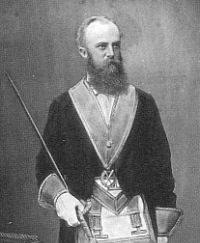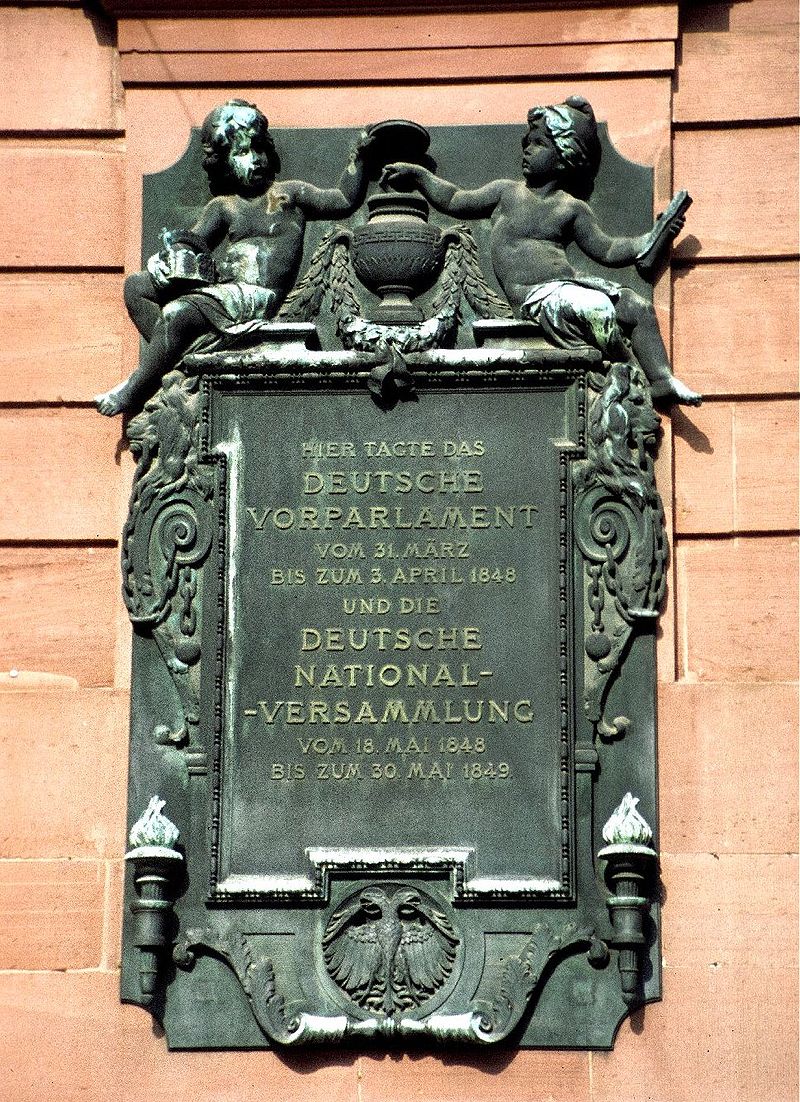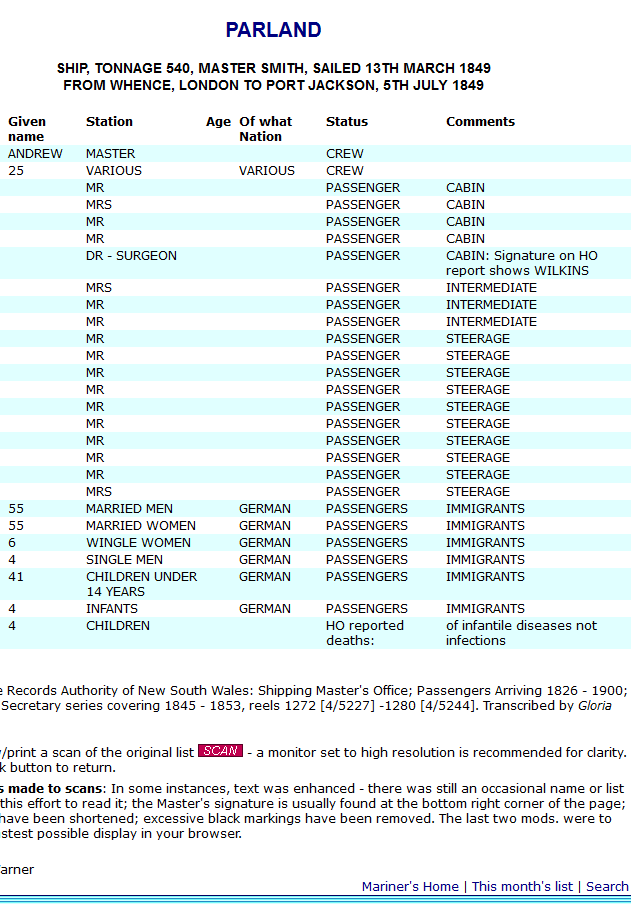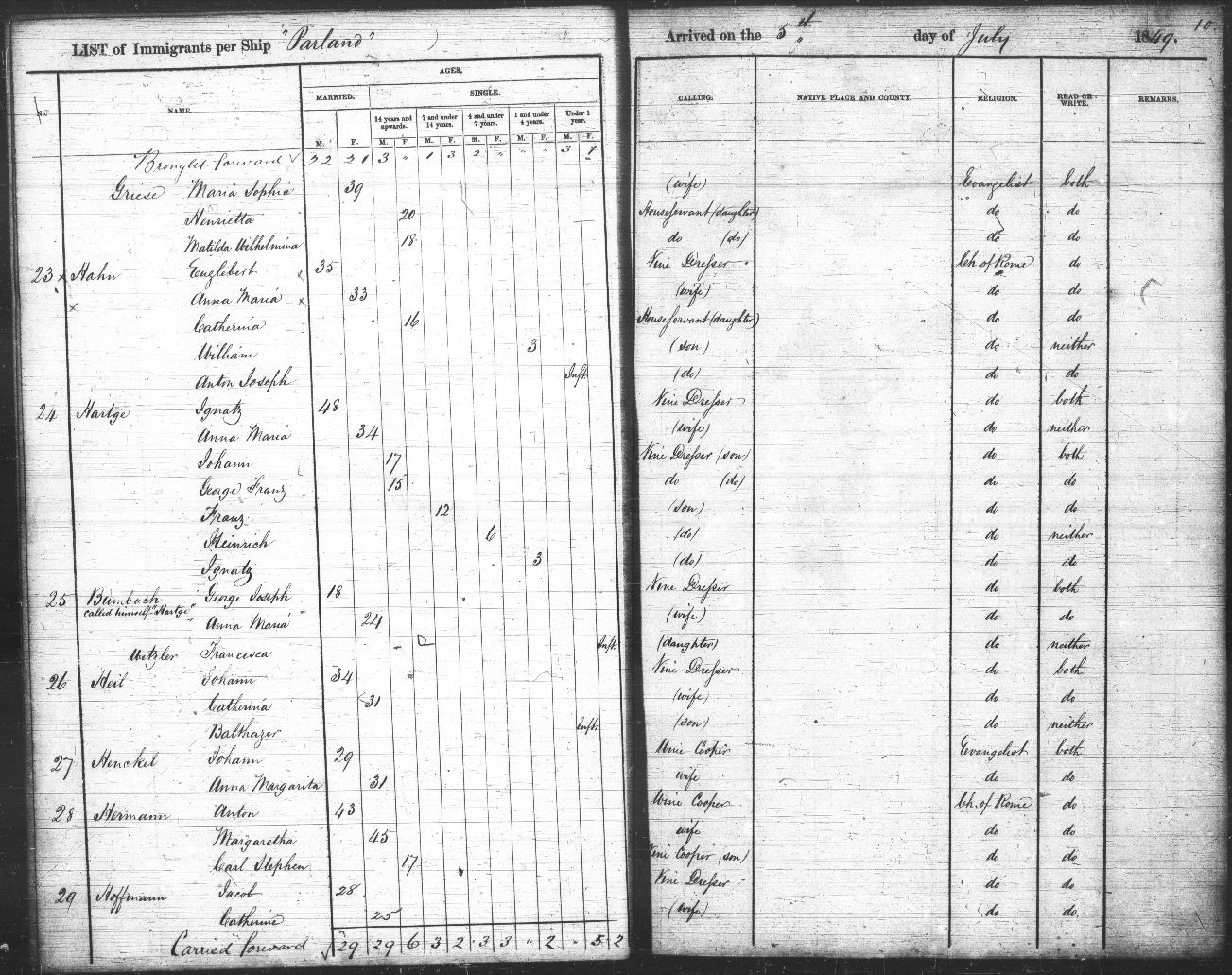
The 1840 decision by the British Government to suspend transportation of convicts to NSW followed a period of sustained agitation, especially in Sydney and Port Phillip, that reflected the changing social structure of the colony. The decision came as economic crash gripped the colony.
Emigrants whose passage had been subsidised from land sales and who had been attracted by the promise of prosperity in a new land found work hard to come by. As the recession eased, labour shortages re-emerged, especially in country districts. In a familiar refrain, the new home country migrants proved reluctant to leave Sydney for the rigours of up-country life. Facing acute labour shortages, pastoralists - including those in New England - looked for solutions. They argued for a resumption of convict transportation, but faced fierce opposition from those who had been agitating for its removal. This dispute would feed into the creation of the first self-government movement for Northern NSW. The pastoralists therefore looked for other options. One result was Chinese immigration, the bringing in of Chinese workers as indentured labourers, creating another thread in the history of New England. Down in Sydney, Karl Ludwig Wilhelm Kirchner had his own solution.
Now a prosperous merchant, Kirchner was influenced by idealism and connection to his homeland, but also saw business opportunities, including a potentially profitable role as an immigration agent. To that point, German migrants had been restricted from access to subsidised migration unless they fell into a limited number of occupational classifications that could not be filled by British immigrants. NSW, Kirchner argued, should bring in German migrants. They were hard working, would fit in and would be prepared to go to country areas, thus solving labour problems. Short supply: German workers were sought to work with local landowners as vine dressers in the Newcastle and Maitland districts. He also argued that the focus should be on families rather than single men.
Kirchner’s broad arguments were accepted. He therefore began looking for employers who would be prepared to sponsor German migrants. In August 1847, for example, he visited the Newcastle and Maitland districts seeking arrangements with land owners to sponsor German immigrants and especially vine dressers, an occupation previously identified as in short supply. In 1848, Kirchner returned to Frankfurt as NSW emigration agent, basing himself in his mother’s house. By then, he had arrangements in place with a number of employers and needed to find the people to fill the agreements. On the trip home, Kirchner wrote a promotional book, Australien und seine Vortheile für Auswanderer - Australia and its Advantages for Emigrants, extolling the virtues of a new life in NSW. This was published upon his arrival in Germany to encourage interest in migrating to Australia. He also put up posters and advertisements promoting the message in towns and villages all over the Rhine regions. In 1849, 600 Germans (around 102 families) arrived in Sydney. This was only the beginning.
A considerable number of Germans departed their home land for better futures after the revolutions of 1848. Many of them headed for Australia. These were referred to as Forty-Eighters.
The Forty-Eighters were Europeans who participated in or supported the revolutions of 1848 that swept Europe. In the German states, the Forty-Eighters favored unification of the German people, a more democratic government, and guarantees of human rights.Disappointed at the failure of the revolution to bring about the reform of the system of government in Germany or the Austrian Empire and sometimes on the government's wanted list because of their involvement in the revolution, they gave up their old lives to try again abroad. Many emigrated to the United States, the United Kingdom, & Australia after the revolutions failed.
These emigrants included Germans, Czechs, Hungarians, and others. Many were respected and politically active, wealthy, and well-educated. A large number went on to be very successful in their new countries. More about Forty-Eighters
Thanks to the late Frank Hartcher for contributing and to Brian Hartcher for compiling The Hartchers of the Hunter from which the following is an extract.
On the 5th July, 1849, the British Merchant vessell "Parland" sailed into Sydney Harbour, 114 days out from London. She was a ship rigged, of 546 tons burden, and was commanded by Captain Smith. She carried a cargo of general merchandise and 17 passengers as well as 165 German immigrants. Those immigrants had been selected by a Mr. Kirchner, under the Foreign Immigrants Bounty Regulations and had been engaged to serve particular individuals, particularly as vine dressers. It is believed that they were nearly all from Rheinish Provinces of Germany. It appears also that almost all of them were engaged to serve individuals in the Hunter River district.
Amongst the immigrants there was a family consisting of Ignatz Hartge, his wife, Anna Maria, and their sons, Heinrich, who was 6 years of age and Ignatz (jnr) who was three, and three other boys named Hartge, who may have been sons of Ignatz, from a previous marriage.
At the time of their arrival in Sydney there was established at Hyde Park an immigrant depot and presumably the family went to that depot when they left the "Parland". As they were engaged to serve a master in the Hunter River district it is almost certain that very soon after their arrival in Sydney they would have found themselves on board the steamer bound for Morpeth on the Hunter River. From there they would have travelled the five miles by road to East Maitland, where there was another immigration depot established.
In view of the fact that they had already been engaged for some particular individual, it is unlikely that they would have remained long in that depot and must have gone quite soon to their new master. It is interesting to note that at the half yearly meeting of the Hunter River Vineyard Association held at Maitland on 10th October, 1849, it was moved that the thanks of the Association be given to the Government for affording means for the introduction of German vine dressers and labourers, to be forwarded to the Government through the standing committee. It is also noteworthy that in the discussion on that motion, five of the members of the Association expressed dissatisfaction with the selection of those immigrants, stating that they had not found them, as they expected, acquainted with the culture of the vine.
That dissatisfaction probably did not apply in the case of Ignatz Hartge for he was 48 years of age and had spend many years in vineyards in his home district of Rheingan, for he had been born at Eltville, which is eleven kilometres downstream from Weisbaden, and it was there that he married Anna Maria in or about 1841, when he was forty years of age. She was at that time twenty six years old. The three other Hartge boys were Johan, who was 17 years old when he arrived in Australia, George Franz, who was 15, and Franz, who was 12. They were all described as vine dressers, but they could not have had too much experience of vine culture.
The family's first home was apparantly at Dunmore, near Maitland, probably on one of the vineyard properties, for at Dunmore in 1850, a son, David Joseph was born to Anna Maria. In 1855 a daughter, Mary Ann, was born and on the 19th May, 1856, there was another son, Andrew Joseph.
As the years passed the family became settled at Melville near Maitland. Ignatz's sons and daughter married. There appears to be no record of the physical characteristics of Ignatz, but I see him as a tallish spare man. He was one who enjoyed good health and apparantly had never visited a doctor during the twenty four years that he lived in the Colony, the result of which was that when he died suddenly at his residence at Melville on 26th December, 1872, an inquest was held to determine the cause of death. The Maitland Mercury on Tuesday, 31st December, 1872, carried the following paragraph -
As is seen from that report, the family name had by that time changed from Hartge to Hartcher. I have not found any information showing when that change took place but it had happened by at least the 7th June, 1872, for on that day Ignatius (Jnr) had died and his Death Certificate is in the name of Hartcher.
Ignatius (Jnr) was the first of the family to die. He had married Brigit Kennany at St Johns Catholic Church, Maitland on 24th June, 1861. By 7th June, 1872, there were three children, Mary Ann, who was three years old; Annie, who was two; and Andrew Ignatius, who was nine months. Ignatius (Jnr) and his family lived at Aberglassyn near Maitland, where he was a farmer. He, also died as the result of an accident, having received a wound from a pitchfork in the toe - his death was from tetanus.
The next member of the family to die was Anna Maria (or as she was then known - Mary Ann Hartcher), on the 27th December, 1884. At that time she was living with her daughter Mary Ann (who had married Charles Henry) at her home in Bulwer Street, West Maitland. She was then 74 years of age and died from natural causes.
The next member of the family died on 9th July, 1891. David Joseph was found drowned in the Hunter River near Morpeth on that day. On the 11th July, 1891
the Maitland Mercury reported on the inquest as follows -
Sad Death by Drowning
The body of David Joseph Hartcher, a widower, for many years a resident of Melville, where he was held in
general esteem, was found in the Hunter River at Morpeth on Thursday morning. An inquiry into the circumstances attending his death was conducted at Mr.
Lerin's Hotel on the afternoon of the same day, before Mr. Brooks, Coroner, and a jury. It seemed that the deceased, who has left three children, lost his
wife some considerable time ince, and became melancholy. He went to Morpeth on Wednesday and called at Mr. Scully's Hotel between 7 and 8 o'clock that
evening. He was then sober, but had had some drink previously. He expressed a desire to see Mr. Barwich, the puntman, but was advised by Mr. Scully not to go
out that night as it was very dark. He had a friendly conversation with some gentlemen, and was shown to his bedroom. Deceased was seen to leave the room by
a fellow lodger early in the morning. He drew the door quietly after him. In the forenoon of the same day the body of the deceased was recovered in the river
face downwards and fully dressed. It had evidently floated some distance. It was secured by a Mr. John Cain, who gave information to the police. Dr. Bennet
deposed that death was due to asphyxin by drowning and that there were no marks of violence upon the body. The Jury recorded a finding of found
drowned. Deceased was 40 years of age and a native of the Colony. For many years he was engaged in the wine making industry. He was not heard to
express any desire to do away with himself.
It appears that the next member of the first generation of the Australian family did not die until Andrew Joseph died on the 15th January, 1907. He had married Bedelia Walsh and they appear to have had nine children - Teresa Mary; Eva Anastasia; Herbert Ignatius, Cecilia; Amy; Bede Alphonsus; Andrew Gregory; Frances; and Annie.
Henry Hartcher, who must have been old Ignatius' son "Heinrich", died on the 6th March, 1921, at the District Hospital Cessnock. His death certificate is not very enlightening - the information was supplied by his son H.J.Hartcher of Mount View Road, Cessnock, who unfortunately seemed not to have known too much about his father's parents. He states that Henry was born in Alsaise Lorraine, France, and was 80 years in NSW. He gave his father's age as 80 years. It seems that both of these figures were guesses for if he was Ignatius' son he had been in NSW for 72 years and his age would have been 78 (quite close to the estimate). The certificate shows that he had, at the age of 22 - that is sixteen years after his arrived - married Selina Negline and that they had had seven children, of whom four were living at the date of his death.
Of the three boys whom I presume to be the sons by a previous marriage John dies on 10th December, 1915. The information on his death certificate was supplied by his son J. Hartcher, of Telarah, and again it is meagre. There is no information about his parents but it is stated that he was born in Germany, and that his age was 84. That is approximately the correct age for John, when he arrived in NSW in 1849 - that is, 66 years before his death, he was 17 years of age. The certificate further states that he was 77 years in NSW but that could not have been correct. The certificate further states that he had married when 28 years of age to Mary Navin at West Maitland and that they had had eleven children of whom eight were alive at the date of his death.
There is a record of a Joseph Hartcher who was buried in the Branxtion Cemetery and whose date of birth is given as 1834. He died in 1920. In 1849 he would have been 15 years of age and he well may have been the "George Franz Hartge" who arrived with old Ignatius. He married in 1867 and one of the witnesses of the marriage was Ignatius Hartcher (probably Jnr). He had four sons - John; William Alford; Joseph; and Frank Ignatius - as well as some daughters.
Franz, the youngest of the three boys, not yet proved to be the sons of old Ignatius, was twelve years of age when he reached NSW - that is to say he was born about 1837. So far no information has come to light about him since the date of the arrival of the "Parland" in Sydney.

